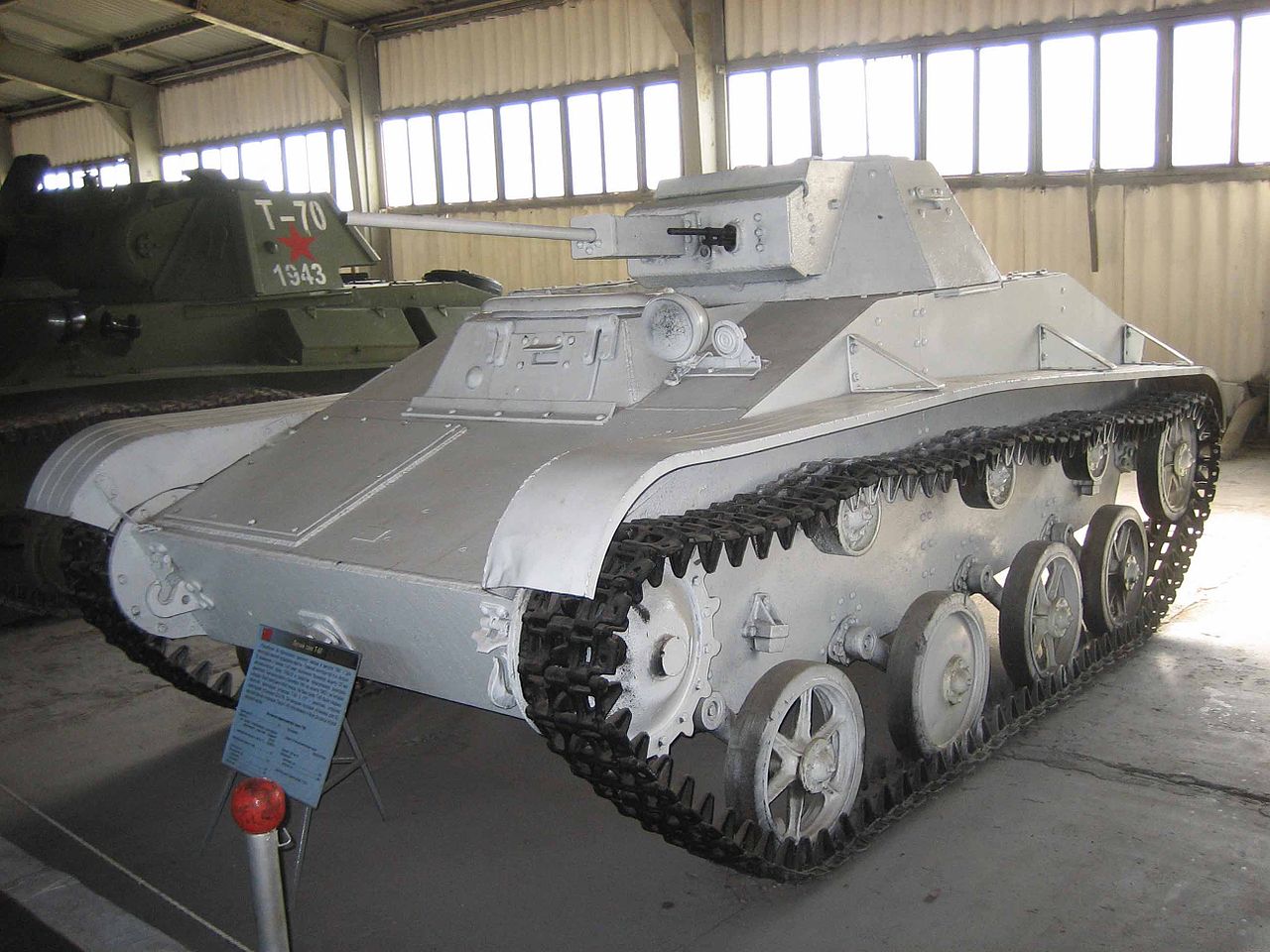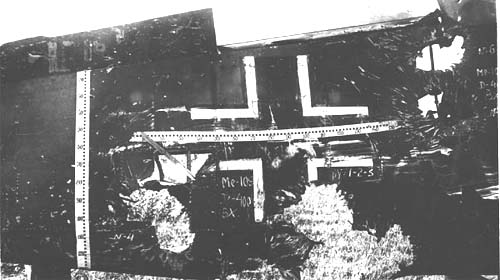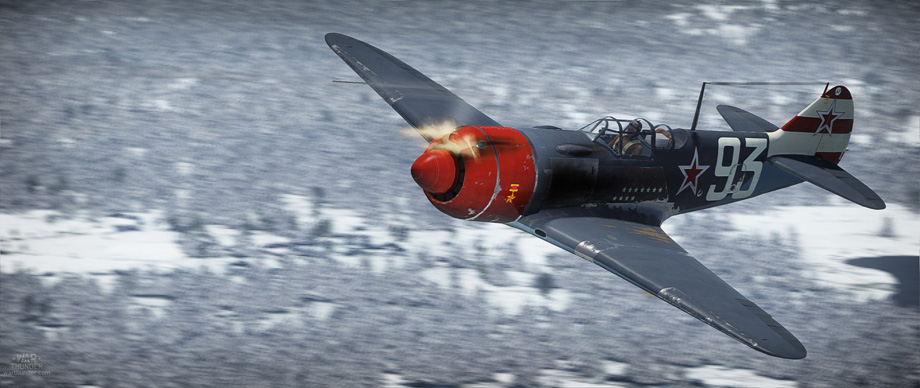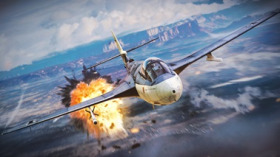
- For PC
- For MAC
- For Linux
- OS: Windows 10 (64 bit)
- Processor: Dual-Core 2.2 GHz
- Memory: 4GB
- Video Card: DirectX 11 level video card: AMD Radeon 77XX / NVIDIA GeForce GTX 660. The minimum supported resolution for the game is 720p.
- Network: Broadband Internet connection
- Hard Drive: 23.1 GB (Minimal client)
- OS: Windows 10/11 (64 bit)
- Processor: Intel Core i5 or Ryzen 5 3600 and better
- Memory: 16 GB and more
- Video Card: DirectX 11 level video card or higher and drivers: Nvidia GeForce 1060 and higher, Radeon RX 570 and higher
- Network: Broadband Internet connection
- Hard Drive: 75.9 GB (Full client)
- OS: Mac OS Big Sur 11.0 or newer
- Processor: Core i5, minimum 2.2GHz (Intel Xeon is not supported)
- Memory: 6 GB
- Video Card: Intel Iris Pro 5200 (Mac), or analog from AMD/Nvidia for Mac. Minimum supported resolution for the game is 720p with Metal support.
- Network: Broadband Internet connection
- Hard Drive: 22.1 GB (Minimal client)
- OS: Mac OS Big Sur 11.0 or newer
- Processor: Core i7 (Intel Xeon is not supported)
- Memory: 8 GB
- Video Card: Radeon Vega II or higher with Metal support.
- Network: Broadband Internet connection
- Hard Drive: 62.2 GB (Full client)
- OS: Most modern 64bit Linux distributions
- Processor: Dual-Core 2.4 GHz
- Memory: 4 GB
- Video Card: NVIDIA 660 with latest proprietary drivers (not older than 6 months) / similar AMD with latest proprietary drivers (not older than 6 months; the minimum supported resolution for the game is 720p) with Vulkan support.
- Network: Broadband Internet connection
- Hard Drive: 22.1 GB (Minimal client)
- OS: Ubuntu 20.04 64bit
- Processor: Intel Core i7
- Memory: 16 GB
- Video Card: NVIDIA 1060 with latest proprietary drivers (not older than 6 months) / similar AMD (Radeon RX 570) with latest proprietary drivers (not older than 6 months) with Vulkan support.
- Network: Broadband Internet connection
- Hard Drive: 62.2 GB (Full client)
Sergei Dolgushin's La-7, premium aircraft with 2x 20mm ShVAK cannon available in Gaijin.Net Store
 |
|
T-60 Light Tank at Kubinka Museum. |
The ShVAK (abbreviation for Shpitalnyi-Vladimirov Aviatsionnyj Krupnokaliberny aka “Shpitalny-Vladimirov Large Caliber for Aircraft”), the most frequently used Soviet 20 mm cannon during the World War 2, has its roots in 1931 when Soviet government issued an order to domestically produce a large-caliber machine gun for aircraft using the newly introduced 12.7x108 mm (0.5’’) cartridge. Boris Shpitalniy and Semyon Vladimirov responded to this order by modifying the ShKAS 7.62 mm (0.3’’) machine gun’s firing mechanism and enlarging it to the corresponding calibre. Ultimately the 12.7 mm ShVAK did not use the standardized 12.7x108 mm cartridge as the firing mechanism was not adapted to use ammunition without extraction grooves. Thus, the weapon required a rimmed version of the cartridge, designated 12.7x108R. The resulting weapon was accepted into mass production in 1935, but it was soon discovered that the gun suffered from multiple issues. It had a very complex construction with a large number of moving parts, thus it was expensive to mass-produce and suffered from frequent mechanical failures. The biggest issue, however, was the non-standard ammunition, generating problems with logistics. Less than 100 guns were produced and in 1935 production was halted. However, the design was re-used in 1936 to create an enlarged version of the ShVAK, using 20x99R cartridge (0.79’’).
The resulting 20 mm ShVAK was a gas-operated autocannon fed from disintegrating ammunition belts. It featured an unusual so-called “feed cage” system, inherited from the ShKAS machine gun which consisted a revolving drum, able to hold 11 rounds simultaneously. The purpose of the feed cage was to smoothly pull the rounds off the belt and discard the links. This avoided the violent jerks inherant in other designs that reduced fire rate and caused feed jams. Depending on the variant the rate of fire varied berween 700-800 rounds per minute, with muzzle velocity being up to 790 m/s (2592 ft/s). Usually, the cannon was then supplied from 120 or 180 round ammunition belts.
Four variants of the cannon were produced, marked MP, KP, TP and SP and differing from each other by rate of fire and barrel length. MP (or TNSh) was the designation for the tank version, used on T-30 and T-60 light tanks (the latter being available in the War Thunder- check our WT wiki article!). KP was the designation for wing-mounted cannons used on aircraft such as the Polikarpov I-16 type 28 fighter or early series of the Ilyushin Il-2 Sturmovik attacker (both aircraft are also available in the game. Read more on our WT wiki: I-16, Il-2). Flexible installations used on bomber defensive turrets were designated TP - later versions of Yermolayev Yer-2 (WT Wiki article) heavy bomber used such weapons in their upper turrets. However, the most frequent version was the SP variant, equipped with a synchronization gear. This variant was used as a fighter armament, either as a fuselage-mounted weapon firing through the propeller (such as on Lavochkin La-5/La-7 fighters), or it was mounted between engine cylinder banks such as on Yakovlev fighters.
 |
|
Wing of the Bf-109 after the hit |
Various ammunition types for the ShVAK were available throughout the Second World War. Standard High Explosive Incendiary ammunition (HEI) was designated OZ, with OZT being the designation for the same round with a tracer compound. Alternatively, OF High-Explosive Fragmentation rounds (HEF), and OFZ High Explosive Incendiary Fragmentation rounds (HEF-I) were available. As for armour-piercing rounds, standard Armour-Piercing Incendiary (AP-I) rounds were designated BZ (or BZT for the API-T version with tracer), and were able to pierce up to 24 mm (0.945’’) of armour at a range of 100 meters (328 feet). Some sources also suggest that an Armour-Piercing Composite Rigid (APCR) round was developed for use on the TNSh tank variant. This round, featuring a tungsten carbide core, was supposedly able to penetrate the side armour of PzKpfw III and PzKpfw IV medium tanks at ranges of up to 350 meters.
The ShVAK proved itself to be a compact, effective weapon and served throughout the whole Second World War with more than 100 000 weapons made. The weapon’s short production run continued after the end of war, but the ShVAK was ultimatedly replaced by the Beresin B-20 cannon which featured the same rate of fire and muzzle velocity but with a much lighter weight.
Author: Jan “RayPall” Kozák





